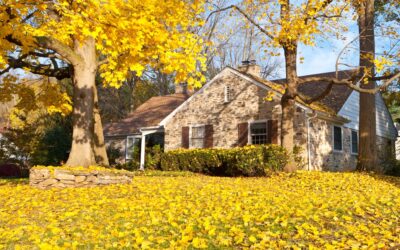Maintaining comfortable temperatures in your home often begins with a quality HVAC system. However, sometimes, you need to do more than simply buy reliable heating and cooling equipment. Some homes often have a hot spot or cold area that never seems to match the temperature found throughout the rest of the house. When this happens, most homeowners attempt to fix the problem by turning up or down the thermostat. Unfortunately, it usually takes more than simply turning the dial to adjust the temperature setting if you want to correct variations in temperatures throughout your home.
How Do Temperature Variations Develop?
Insufficient insulation and poor construction encourage variations in temperature. Improperly insulated attics allow heated and/or cooled air from the home’s interior to escape, making it harder for your HVAC system to properly balance the temperature throughout the home. Cracks, crevices, and the lack of caulking or weather-stripping around openings in the walls allow exterior air to enter the home, creating cold and/or hot spots.
In addition to these issues, the location of the room also makes a difference. For example, areas of the home that are farthest away from the HVAC system are more likely to stay hot or cold. Poor airflow due to blocked vents also encourages unpleasant temperature variations.
Another factor that influences how warm or cool a room feels is its size. Larger rooms are more difficult to heat or cool than smaller ones. Empty rooms are also more difficult to heat or cool than areas containing lots of furniture.
Rooms that are shaded by trees are typically harder to heat, but they are easier to keep cool. On the other hand, areas of the home that are located in direct sunlight are easier to heat but harder to keep cool. Using window treatments such as blinds and draperies can help to maintain even temperatures throughout your home.
Resolving Temperature Variations with a Zoning System
Managing fluctuating temperatures in your home doesn’t need to be difficult or impossible. It can often be accomplished if you install a zoning system designed for just such a purpose. A zoning system allows you to control the temperature in different areas of your home using the dampers located in the ductwork, thermostats, and sensors. You get to customize your system to target certain areas to improve the efficiency of your HVAC system, allowing each room to be comfortably heated or cooled.
To ensure your home is comfortably heated during the winter or cooled during the summer, you may need to inspect your home’s design as well as evaluate the efficiency of your HVAC system. Making improvements to your home’s insulation and weatherproofing its walls, windows, and doors can help you to maintain comfortable temperatures in each room.
If you find you need more assistance, you may want to invest in an HVAC zoning system. When you combine your use of a zoning system with a programmable thermostat, you should also be able to reduce your utility bills. To learn more about these options, simply contact your local HVAC company.


